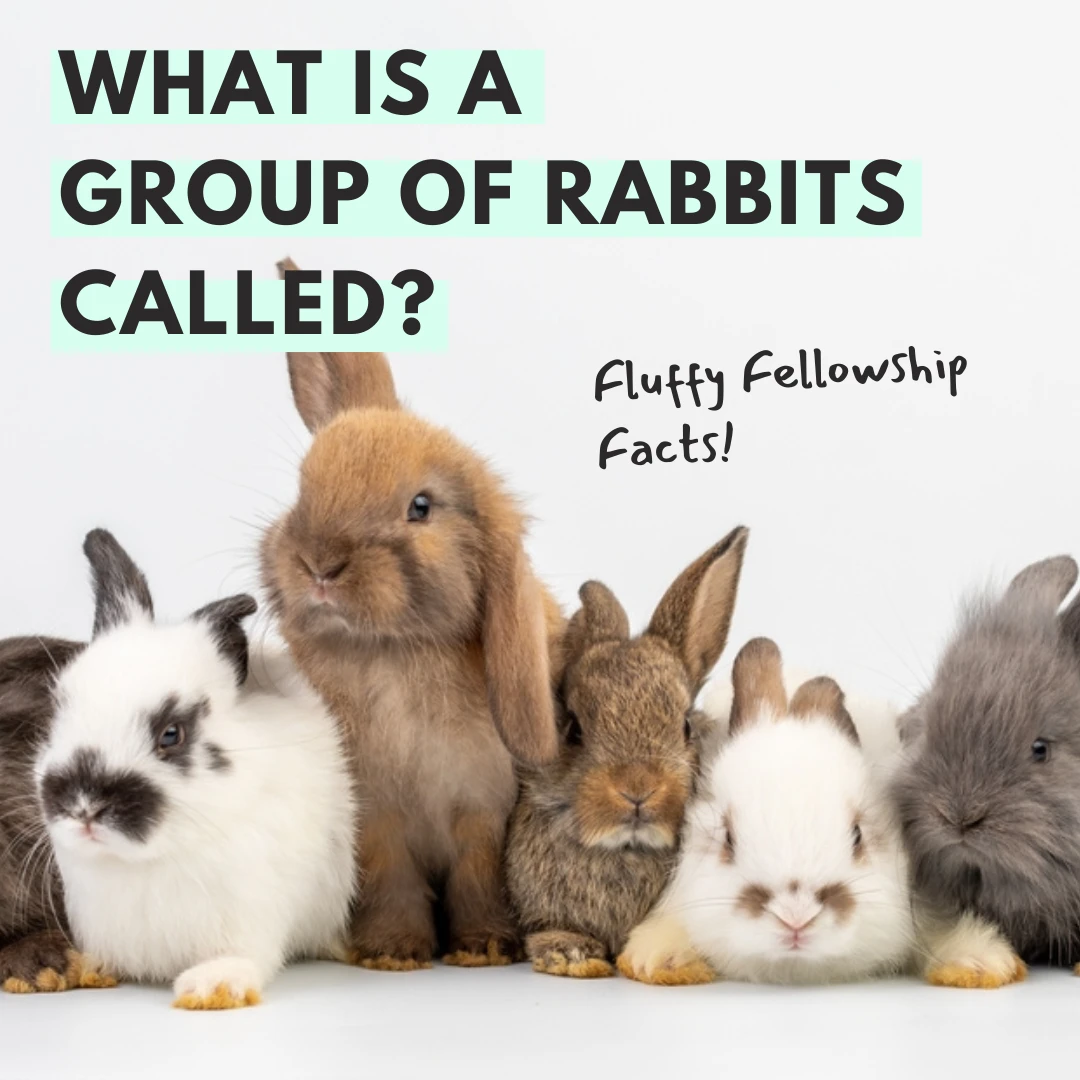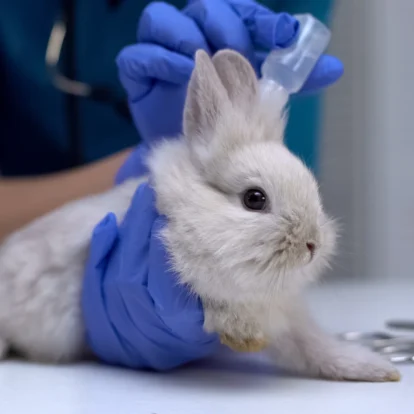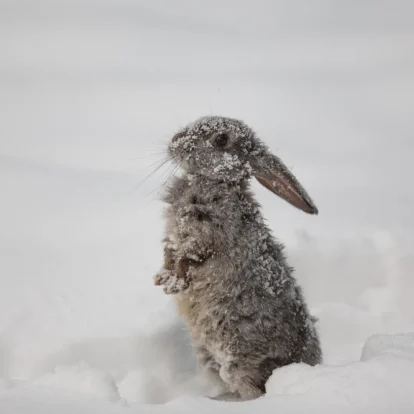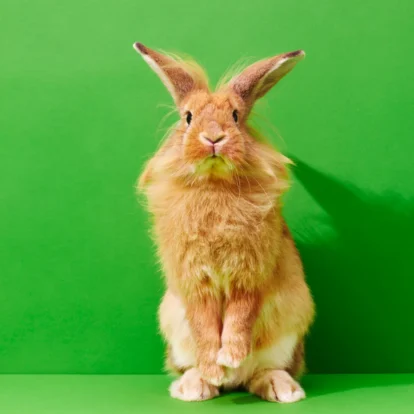Table of Contents
Introduction to Group of Rabbits
Hello there, fellow bunny enthusiasts 🐇🐾! Have you ever stopped to wonder what a group of rabbits is called? Well, these lovely, fluffy members of the family Leporidae are far more intriguing than you might have thought, especially when they gather in groups. For starters, there are many collective nouns for these cute creatures.
We will be hopping around the topic, exploring the diverse names given to groups of rabbits, from gatherings of wild rabbits in the great outdoors to baby rabbits huddling in comfort or even domestic rabbits playfully nudging each other at home. We will journey into their world 🐰🌍, understanding the fascinating reasons behind the different terms used to describe these clusters. You’ll soon realize that ‘cats have nine lives‘ is not the only exciting animal saying out there.
Look, whether you’re smitten by their fur, or just curious about the word rabbit and its etymology, or perhaps you’re a proud owner of pet rabbits, our exploration into the world of these cute creatures will leave you amazed.
Trust me, the life of rabbits, especially when they’re in groups, is as interesting as it gets. And who knows? By the end of this, you might find yourself using “fluffle” in daily conversation more often than ever appropriate!
So, hop along, and let’s get started!
What Is A Group Of Rabbits Called?
When it comes to what a group of bunnies is called, the ever-appropriate name would be…drumroll, please… 🥁🥁🥁 … a “fluffle“! Yes, you read that right. A fluffle! Isn’t that just the cutest thing 🐰❤️?
But hold your horses, or should I say, hold your bunnies? That’s not all. You see, the term “fluffle” is relatively modern, often applied informally or in social media, and used mainly in the US and Canada.
In fact, there isn’t just one collective noun for groups of rabbits, and a lot depends on the context and location. Let’s dig deeper and explore some of the other names given to groups of bunnies 🐰🐰.
Wild Rabbits
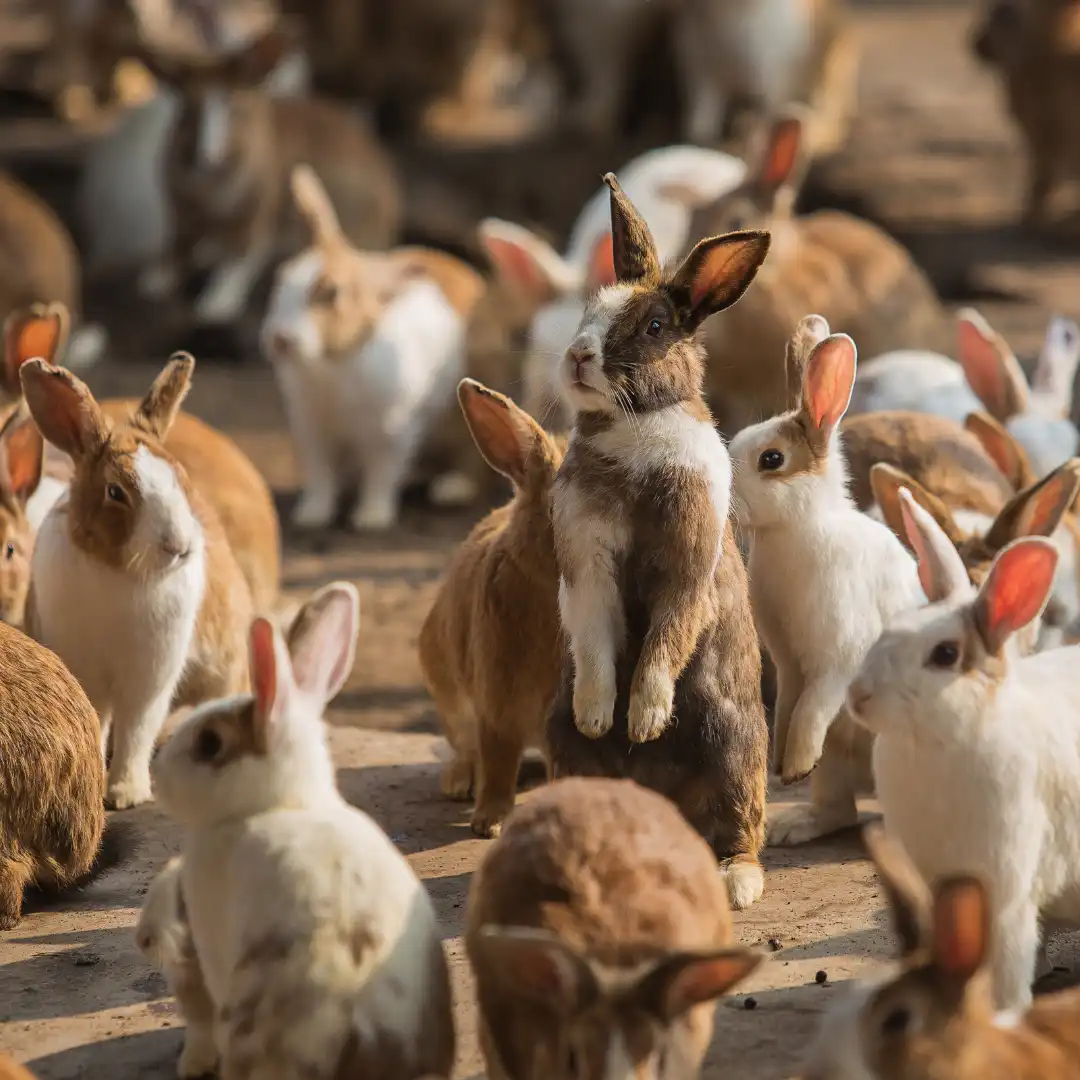
A group of wild rabbits is most commonly referred to as a “colony.” This name hails from the natural behavior of wild rabbits to live together in large, intricate networks of underground burrows, often referred to as a warren. I’ve got to tell you, I once stumbled upon one of these colonies while hiking. It was such a sight to see those bunny rabbits hopping around with their long ears perking up at every sound 🐰🔉!
Domestic Rabbits
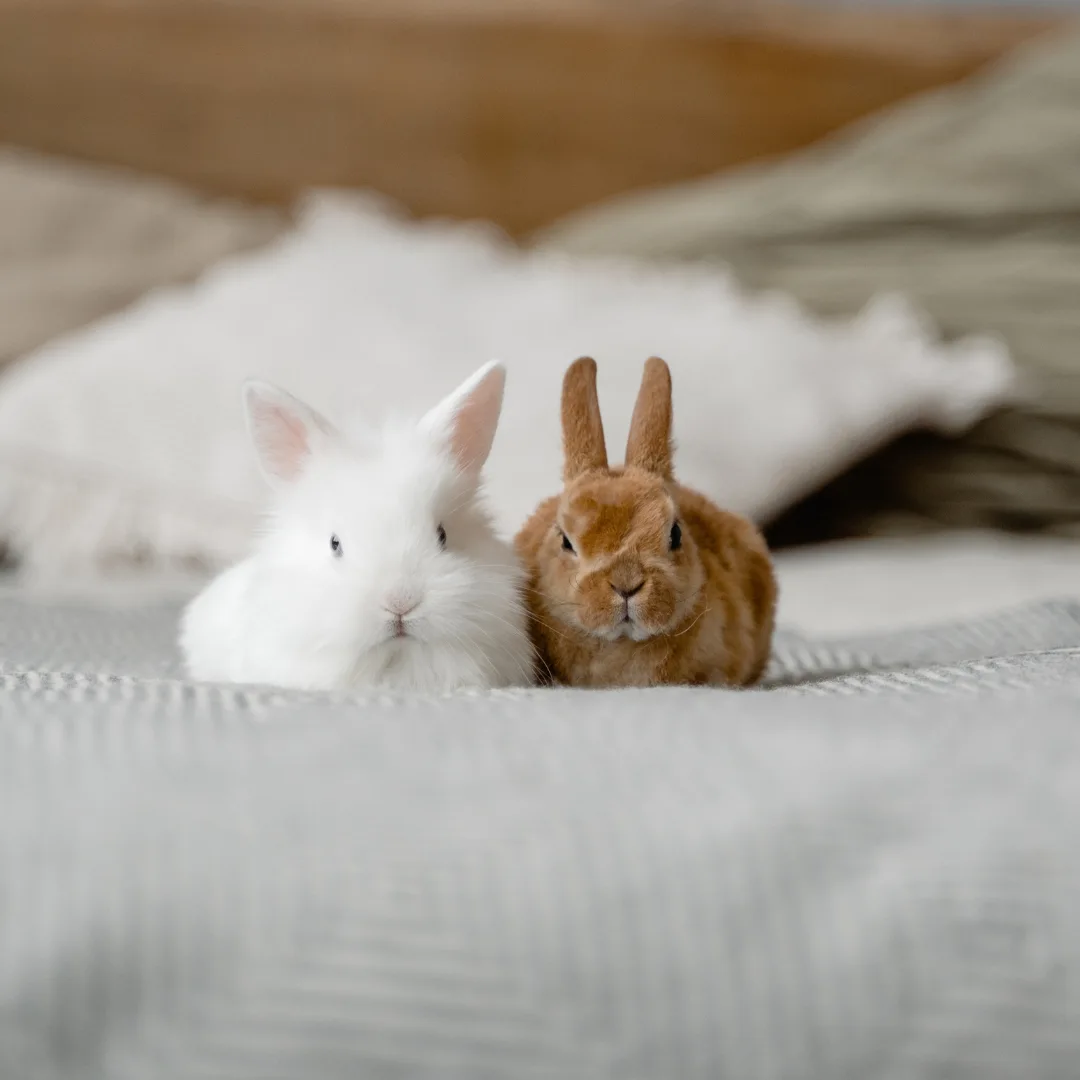
Now, let’s talk about another term – “herd.” It is often used informally, mainly when referring to a group of domestic rabbits. A story has it that the term originated from an old English term, “hird,” which meant a group of animals that were herded together.
Interestingly, “herd” is also commonly used to describe groups of domesticated rabbits bred and raised for their meat or fur. This terminology echoes the grouping of livestock or animals farmed for commodities, reinforcing the agricultural context of these rabbit populations. Thus, don’t be surprised if you hear a farmer referring to their collection of rabbits as a “herd.”
Baby Rabbits
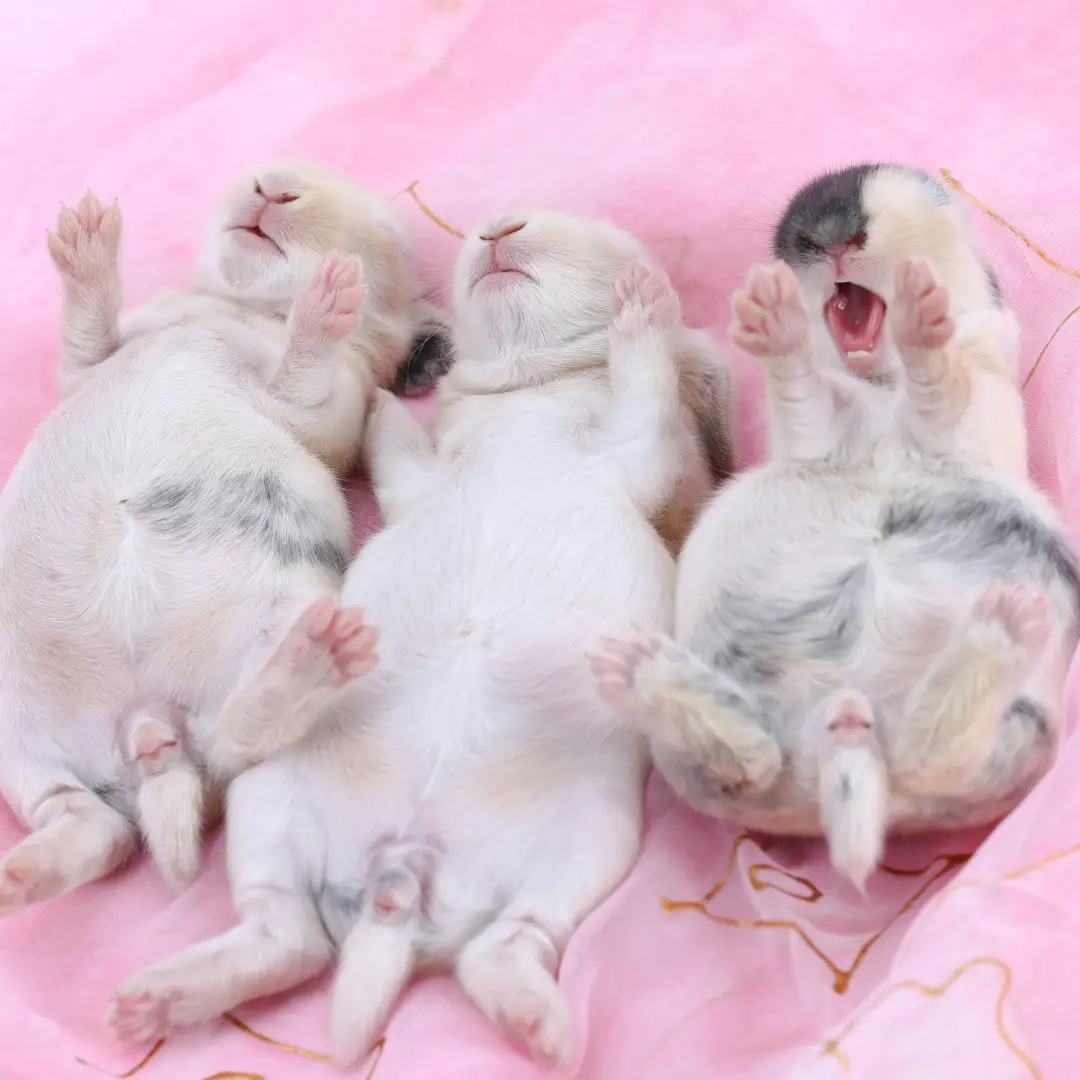
When a mommy rabbit gives birth, it’s often referred to as a “litter.” A litter typically consists of anywhere between one to fourteen kits – that’s a lot of babies! But here’s a fun fact: the term “kit” is short for kitten, 🙀. Yeah, not just cats 🐈⬛ have kittens; rabbits do too! This term is most commonly applied right after birth. Once the kits are weaned, they are referred to as “bunnies” or “rabbits.”
So, there you have it, folks, from colonies in the wild to herds in our homes and litters full of kits, or just fluffle, the world of bunny rabbits is full of surprises 🎁!
The Many Names of Rabbit Groups and Their Origins
Well, if you’re like me, you might wonder why a group of rabbits has so many different names. It’s like a never-ending bunny dictionary 📕! Well, my fellow rabbit enthusiasts, it all boils down to a few key factors: location, context, and group size.
Consider our furry friends, the wild rabbits, specifically the European rabbit – they’re typically found in various environments ranging from woodland to grassland and, yes, even in our own back gardens! This kind of diversity in locations and contexts naturally invites variety in terms.
On the other hand, our domesticated rabbits, cozy and comfy in our homes, tend to form smaller, more intimate groups – hence, the term “herd.” Fascinating, isn’t it? There are many breeds of house rabbits with different colors and sizes.
Now, if you think about young rabbits, things get even more exciting. Their groups are often influenced by their growth stages and can vary depending on whether the mum rabbit is around.
As you can see, how rabbits generally organize themselves is as diverse as their fluffy and adorable selves! And the names we give to these groups reflect that diversity.
Size Matters: What is the Typical Size of a Rabbit Group
When we speak about the typical size of a rabbit group, it varies considerably depending mainly on the rabbits’ species, age, and natural habitat.
For instance, a wild rabbit group living in the countryside can host a myriad of rabbits, often from 6 to up to 20, and in some cases, even more. On the other hand, our young rabbit companions, freshly born and snug in their nest, typically present in groups of 4 to 12.
The configuration of a group of adult rabbits can also change based on the gender ratio present. In many species, a higher number of female rabbits in a group is expected due to their role in bringing new members into the community. Like many other animals, male rabbits often disperse to prevent inbreeding and competition.
Observing a group of rabbits is akin to watching a complex social structure unfold, somewhat reminiscent of birds, children at play, or even rodents. Each group member contributes to the overall dynamic in unique and fascinating ways.
Social Habits: Why Rabbits Live in Groups – The Science Behind It
You might be surprised that the “order Lagomorpha,” yes, that’s the fancy name for rabbits 🐇, are social and crepuscular creatures. They enjoy the company of other rabbits, particularly for a friendly nibble of timothy hay or a cozy snuggle in a burrow. Unlike some solitary animals, rabbits are all about the communal life, and there are some pretty compelling reasons why.
Rabbits living in groups have a much higher survival rate. Picture this: you’re a single rabbit under threat from a predator. Those odds don’t look too promising, right? But if you’re one of many, you’ve got all those extra sets of eyes open 👀🐰, watching out for trouble. Plus, when there are more rabbits to confuse a predator, your chances of escaping the latest hawk, fox, or wolf increase significantly 📈. On top of this, diseases like the terrible rabbit hemorrhagic disease are less likely to wipe out an entire group. Safety, as they say, is in numbers.
Then there’s the reproduction angle. Rabbits are legendary for their ability to produce baby rabbits, and I mean a lot of baby rabbits 🐰🐰🐰! You’ve probably heard the phrase ‘breeding like rabbits,’ right? Well, that’s because a single mating can result in a handful of young animals in no time. These baby rabbits need care, warmth, and protection, which are more effective in a group setting.
So, the next time you see a group of rabbits nibbling away in a field🐇👀, remember they’ve got their reasons for sticking together. They’re not just being social butterflies – it’s all about survival!
Fun Facts About Rabbit Groups
Did you know that a colony can stretch for acres out in the wild, with dozens of rabbits living together?
And here’s another mind-blower 🤯 – in some species, the groups’ social hierarchy is determined by fur color – darker rabbits dominate over lighter-colored ones.
And if you think that’s interesting, get this: female rabbits will sometimes nurse orphaned bunnies from other litters if their own babies die. It’s called communal nursing, and it helps ensure the species’ survival. Who knew rabbits had such a caring side? But don’t let all this sweetness fool you. When it comes to protecting their territory or finding food, rabbit groups can become quite aggressive 🤺!
Wrapping Up
In conclusion, whether you’re talking about wild bunnies in the field or especially domestic ones, understanding what a group of rabbits is called and their social dynamics is genuinely an eye-opener 👀.
It reminds us that even in the animal kingdom, community, and family are essential for survival. Not to mention, it gives us a new appreciation for these adorable creatures and the complex societies they form.
Rabbit populations, both in the wild and domestic settings, are a testament to nature’s fascinating mix of strategy and instinct. Let’s keep learning 📚 and respecting our furry friends 🐇, for they have a world of their own that we’ve only just begun to understand.
Related Questions
Are Rabbits, Bunnies, and Hares the Same Thing?
Well, not exactly. Here’s the scoop: rabbits and hares are distinct species, even though people often use their names interchangeably. Hares are generally larger, have longer ears, and are less social than rabbits. They also don’t burrow like rabbits but nest in the grass instead.
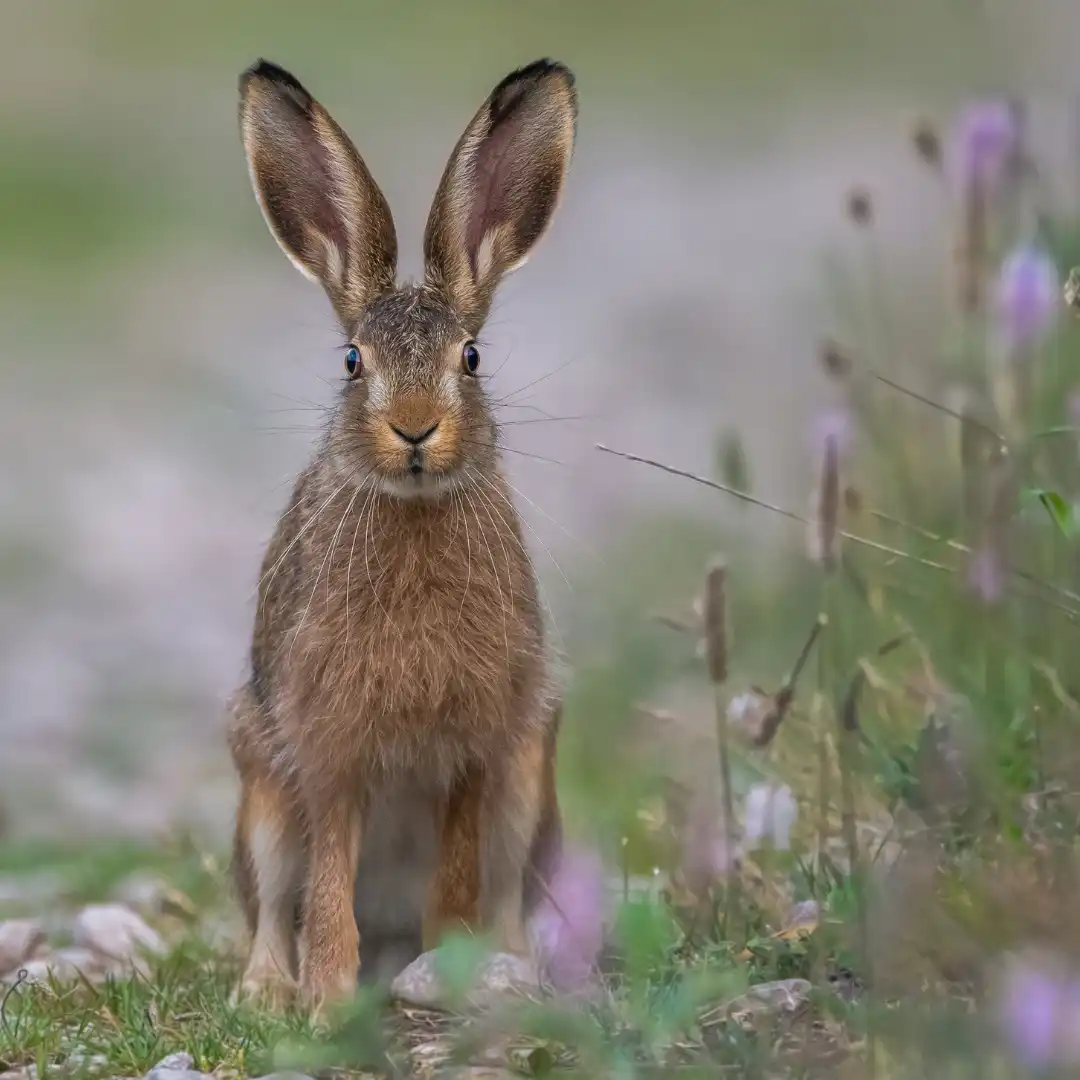
Now, bunnies are just a cute name for a baby rabbit. You know, like we call baby cats kittens or baby dogs puppies. So when a rabbit is all grown up, we usually refer to it as an adult rabbit and no longer a bunny.
So there you have it! A hare, a rabbit, and a bunny walk into a bar… Well, not really, but you get the point 😄. I hope that clears things up!

